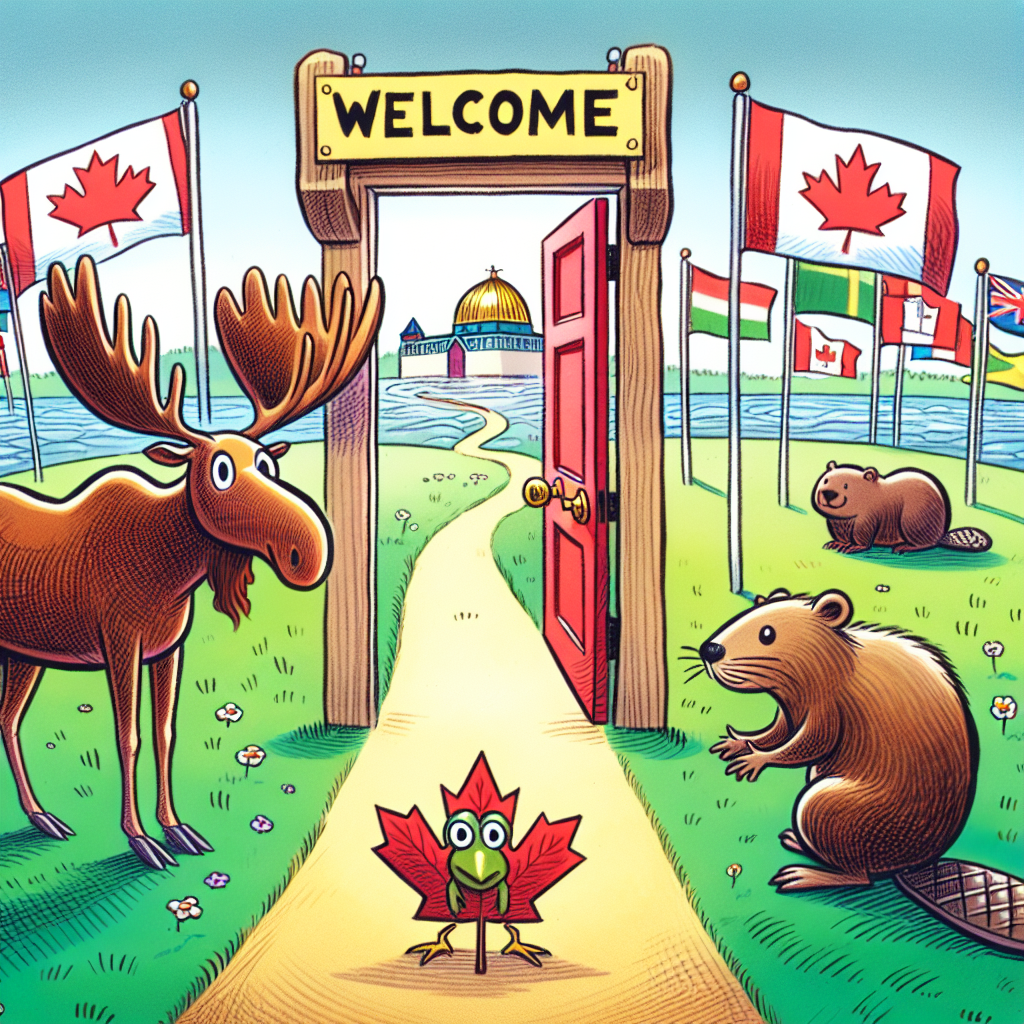Canada's Immigration Dilemma: Balancing Migration with Resources
Canada's Immigration Minister Marc Miller acknowledges the government should have acted sooner on aggressive migration flows. Facing housing shortages and high living costs, Canada plans to cut both permanent and temporary immigration, causing concern for labor markets. A new immigration levels plan is under development.

The Canadian government faces scrutiny for its handling of temporary migration, with Immigration Minister Marc Miller admitting that earlier action may have been necessary. As public discontent grows due to housing shortages and living costs, Canada aims to reduce both permanent and temporary immigration, hinting at a strategic demographic calibration for the next two years.
Miller highlighted the complexity of migration perception and the careful narrative management required to prevent xenophobic undertones. While temporary visas are expected to lapse naturally, enforcement through deportation remains an option for non-compliance. Canada's approach to undocumented citizenship, previously promised, now leans towards a targeted program with limited spots.
The immigration policy shift, while economically rational, raises concerns among industry leaders about potential impacts on the labor force, particularly in healthcare. Challenges within the temporary foreign worker visa system highlight a need for reform, potentially through adaptable work permits. As Canada refines its immigration strategy, a new three-year plan awaits release next year.
(With inputs from agencies.)










